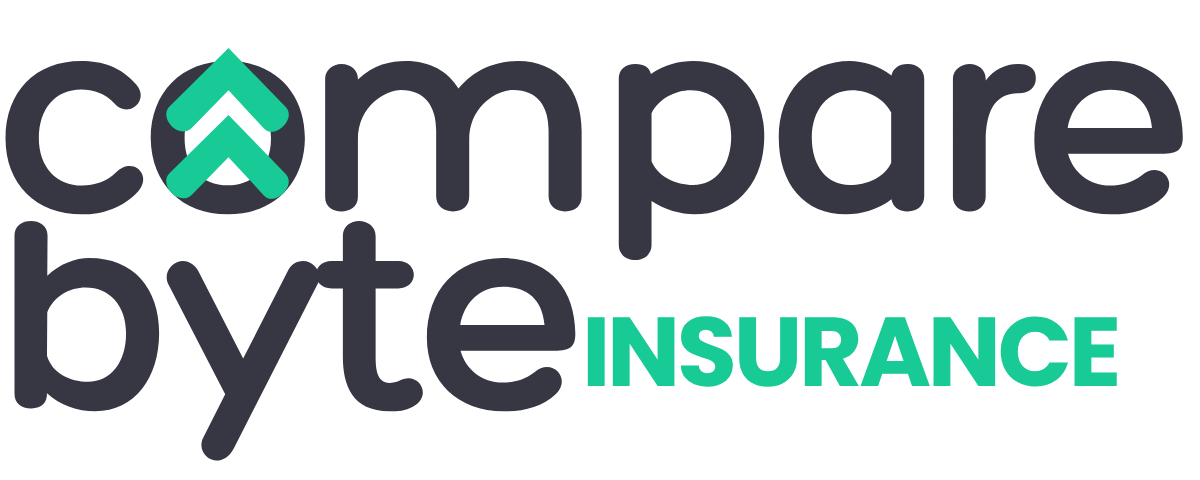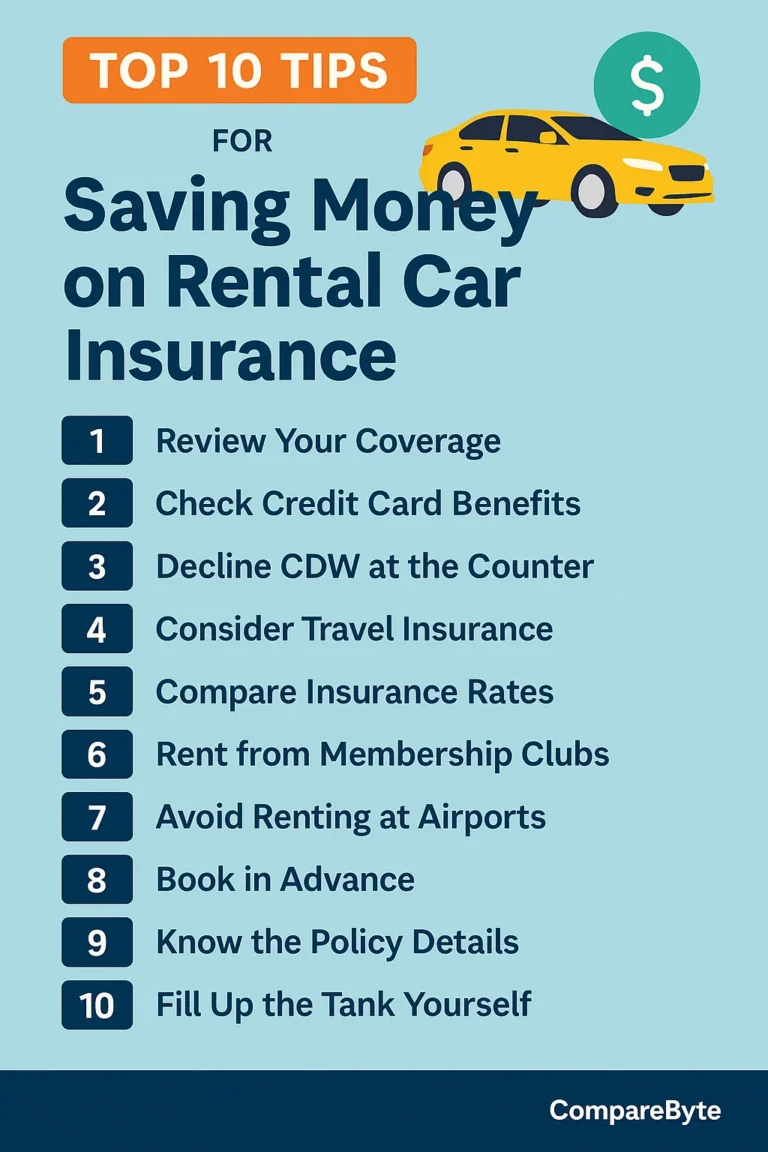Understanding insurance deductibles is a vital step in making informed decisions about your coverage. Whether you’re choosing a health, auto, or home insurance plan, the deductible plays a key role in determining how much you’ll pay out-of-pocket before your insurer steps in. In this guide, we’ll break down the essentials of deductibles, compare types, and help you decide which option is best for your needs.
By the end of this article, you’ll be able to assess which deductible strategy fits your financial situation and risk profile, making your insurance choices more effective and budget-friendly.
Types of Insurance Deductibles Explained
Fixed Dollar Deductibles
A fixed dollar deductible is the most commonly used deductible type. This is a pre-determined amount you must pay before your insurance coverage kicks in. For instance, if you have a $1,000 deductible on your auto policy and your repair bill is $3,000, you pay $1,000 and your insurer covers the remaining $2,000.
This type is easy to understand and budget for. It is frequently used in auto, homeowners, and travel insurance policies. The downside, however, is that in the event of frequent claims, this cost can become a recurring burden.
Fixed deductibles allow you to choose different amounts depending on your comfort level—lower deductibles generally mean higher monthly premiums, while higher deductibles reduce your premium costs.
Percentage-Based Deductibles
Unlike fixed deductibles, percentage-based deductibles are calculated as a percentage of the insured value. For example, if your home is insured for $300,000 and your deductible is 2%, you’d need to pay $6,000 out-of-pocket before your insurer contributes.
These are often used in homeowners insurance, particularly in high-risk areas for natural disasters like hurricanes or earthquakes. This structure shifts more financial responsibility to the policyholder when property values are high.
While they can result in lower premiums, percentage-based deductibles can surprise policyholders with large out-of-pocket costs, especially in major claims. Be sure to calculate your actual deductible amount and not just the percentage figure when evaluating policies.
Learn more from resources such as the National Association of Insurance Commissioners (NAIC).
Advantages and Disadvantages: Fixed vs. Percentage Deductibles
Comparison Table 1: Financial Impact
| Criteria | Fixed Dollar Deductibles | Percentage-Based Deductibles |
|---|---|---|
| Premium Costs | Higher with lower deductibles | Generally lower premiums |
| Out-of-Pocket Predictability | Predictable | Variable based on asset value |
| Claim Size Impact | Stable | High claim = higher deductible |
Comparison Table 2: Use Case Suitability
| Scenario | Best Deductible Type | Reason |
|---|---|---|
| High Value Property in Risk Area | Percentage-Based | Lower premiums, insurer risk shared |
| Low-Medium Value Car | Fixed Dollar | Predictable repairs, easier budgeting |
| Frequent Minor Claims | Fixed Dollar | More economical with low deductible |
Which Deductible is Better for Your Situation?
If You Have Steady Income and Emergency Savings
Choosing a higher deductible—whether fixed or percentage-based—can be a financially sound decision. This allows you to benefit from lower monthly premiums, and your savings can cover the deductible if needed.
If You’re Risk-Averse or Live Paycheck-to-Paycheck
Opting for a lower fixed deductible might be better. While your premiums will be higher, your out-of-pocket expenses during a claim will be lower, which could be more manageable if your cash flow is tight.
For Property in High-Risk Zones
Insurance providers often require percentage-based deductibles in disaster-prone areas. If you’re buying a home or property in such locations, factor this into your financial planning. Check state guidelines via California Department of Insurance and similar regulatory bodies.
User Experiences and Real-Life Scenarios
Case Study 1: Sarah’s Hurricane Claim
Sarah had a 5% deductible on her $400,000 home policy. After hurricane damage totaled $70,000 in repairs, she was shocked to discover her deductible was $20,000. Despite having insurance, the high deductible limited the help she received.
Case Study 2: Jake’s Car Fender-Bender
Jake had a $500 fixed deductible on his auto policy. When his vehicle was rear-ended, the repair cost was $2,400. He paid the $500, and his insurer covered the rest. Jake felt comfortable knowing his costs wouldn’t vary wildly.
Want to see more examples? Visit our Insurance Tips for comprehensive case reviews and policy comparisons.
Conclusion and Recommendation
Choosing the right deductible is a balance between monthly affordability and potential financial risk. For most consumers, a fixed deductible provides peace of mind and easier planning. However, in some property and specialty policies, percentage-based deductibles may be unavoidable or more economical in the long run.
Consider your savings, income stability, and the value of the insured item when choosing. Always calculate the actual dollar amount of any percentage-based deductible to avoid future surprises.
For further assistance, consult a licensed insurance advisor or explore detailed guides at Insurance Information Institute (III).
Take Action Now
Don’t wait until a claim situation catches you off guard. Evaluate your current policies today. Consider adjusting your deductibles for better financial alignment. Use our Best Ways to Best Online Insurance Marketplaces to compare, learn, and choose smartly.
Need help choosing the right deductible? Contact our experts or request a policy review today!






